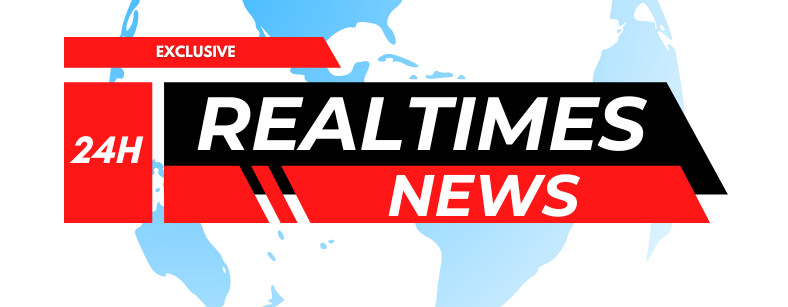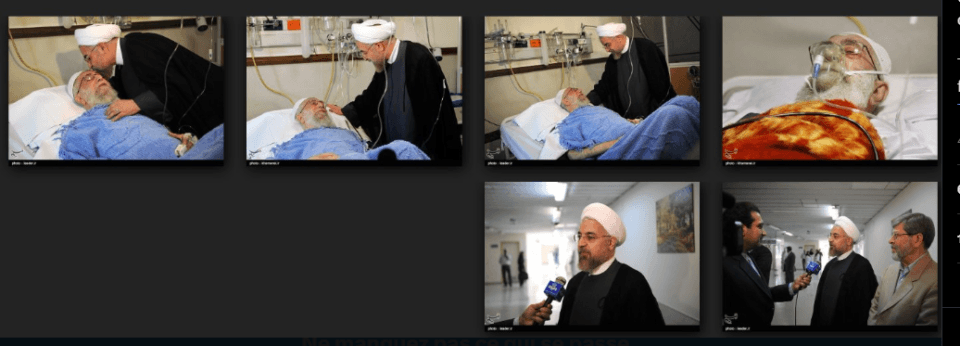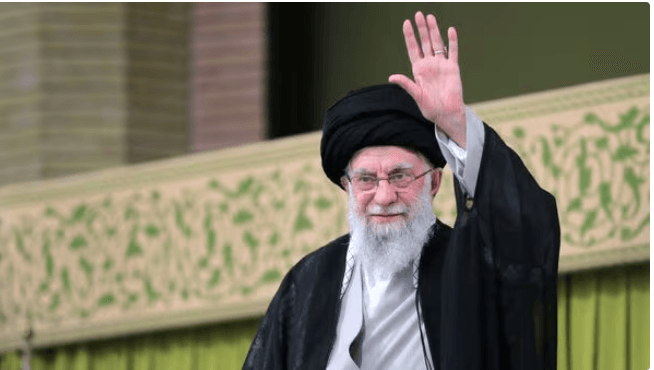
Iran appears on the verge of a significant leadership iranian ali khamenei change, an event that could reshape its domestic and international future. Persistent rumors suggest that Supreme Leader Ayatollah Ali Khamenei is gravely ill, with some reports claiming he has slipped into a coma. Meanwhile, speculation abounds that his successor has already been chosen in secret, a development that could profoundly influence Iran’s trajectory.
This potential transition unfolds against the backdrop of escalating tensions with Israel and the looming threat of a broader regional conflict in the Middle East. What happens in Iran now could have far-reaching consequences not only for its citizens but for global geopolitics as well.
Ayatollah Ali Khamenei’s Legacy: Over Three Decades of Absolute Power
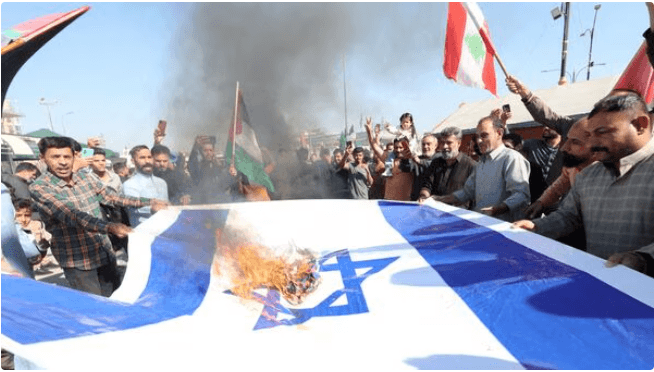
Ali Khamenei has been Iran’s Supreme Leader since 1989, succeeding the founder of the Islamic Republic, Ayatollah Ruhollah Khomeini. Over more than three decades, Khamenei has wielded near-total authority, controlling the military, judiciary, and foreign policy apparatus.
His tenure has been marked by significant challenges: crippling international sanctions, periodic uprisings, and relentless external opposition led by the United States. Under Khamenei, Iran has sought to assert itself as a regional powerhouse, often relying on strategic alliances and proxy networks across the Middle East.
Now 85 years old, Khamenei’s health has been a topic of speculation for years. Reports of his current condition—a possible coma—add urgency to the question of who will lead Iran after him.
A Secret Succession Plan: Mojtaba Khamenei in the Spotlight
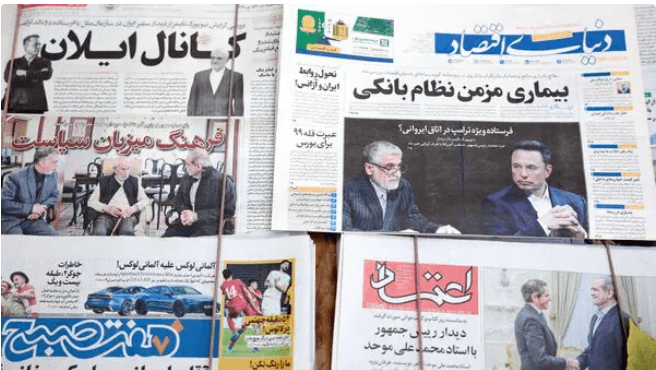
Reports indicate that the succession was discussed and decided during a secret meeting of the Assembly of Experts on September 26, 2024. This council of 88 clerics is constitutionally tasked with selecting and overseeing the Supreme Leader.
Mojtaba Khamenei, the Supreme Leader’s younger son, is reportedly the chosen successor. Over the years, Mojtaba’s increasing influence within Iran’s decision-making circles has been noted, even though he holds no formal government position.
His selection has sparked controversy. Critics question Mojtaba’s qualifications, citing his lack of political experience and formal religious credentials, both deemed essential for the role. Nevertheless, his close relationship with his father and growing power behind the scenes appear to have made him the preferred choice.
A Strategic Move to Avoid Chaos?
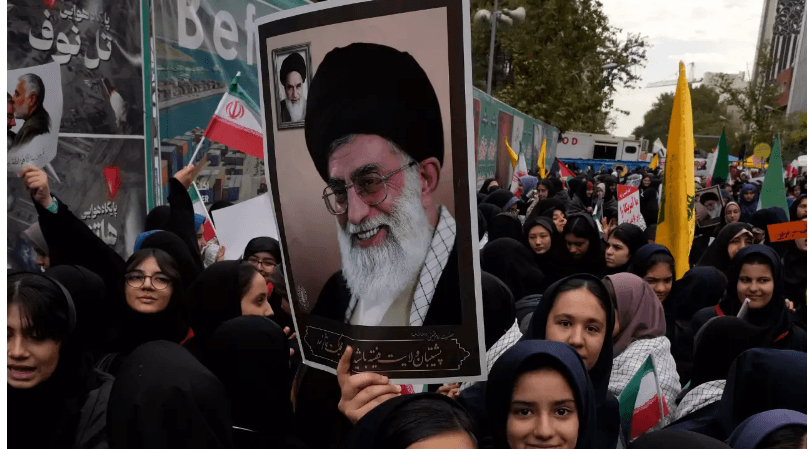
The timing of this succession suggests a deliberate attempt to prevent unrest. By orchestrating the transition during his lifetime, Khamenei may hope to ensure institutional support for his son, thus maintaining stability in a nation prone to political upheaval.
However, reports indicate significant resistance within the Assembly of Experts. The decision has heightened tensions between Iran’s political factions, including reformists and hardliners, setting the stage for potential conflicts if Mojtaba assumes power.
A Complex International Context
The leadership change comes at a time of heightened geopolitical tension. Relations between Tehran and Tel Aviv are at an all-time low, with direct threats of military confrontation. Recent incidents, including an alleged assassination attempt on Israeli Prime Minister Benjamin Netanyahu, have further inflamed hostilities.
Simultaneously, U.S.-Iran relations remain fraught, despite sporadic efforts to de-escalate. The upcoming U.S. presidential election could also influence the dynamic, particularly if Donald Trump, known for his aggressive stance toward Iran, returns to power.
In this context, Iran’s next Supreme Leader will face the daunting task of navigating an increasingly volatile regional landscape while addressing global concerns over its nuclear program.
Domestic Challenges: Economy, Society, and Public Unrest
Internally, the succession is taking place in a climate of widespread discontent. U.S.-led sanctions have crippled Iran’s economy, leading to soaring inflation and high unemployment.
Frequent anti-government protests, often met with brutal crackdowns, reflect a population frustrated by authoritarian rule and worsening living conditions. The elevation of Mojtaba Khamenei could symbolize continuity rather than change, potentially fueling further dissent.
Geopolitical Implications of a Leadership Change
Mojtaba Khamenei’s rise could significantly impact Iran’s foreign policy. Some analysts speculate that a new leader might pursue a more moderate stance to improve relations with the West. Others fear increased radicalization, given Mojtaba’s reputation as a staunch conservative.
Iran’s role as a key backer of regional resistance movements, such as Hezbollah in Lebanon and various militias in Iraq, could also be reassessed. Any shift in this policy would have wide-reaching implications for the Middle East’s balance of power.
Global Reactions: Anticipation and Caution
Major world powers, including the U.S., the European Union, Russia, and China, are closely monitoring the situation. Iran’s future diplomatic relations will largely depend on how the new Supreme Leader addresses critical issues like the nuclear program and regional security.
In Israel, developments in Iran are viewed as a strategic threat. Any signs of instability in Tehran could prompt preemptive actions, escalating an already volatile situation.
Uncertainty Ahead for Iran
As the leadership transition appears imminent, Iran’s future remains uncertain. The country stands at a critical crossroads where the decisions of its next Supreme Leader will shape its trajectory for decades.
If Mojtaba Khamenei becomes the next Supreme Leader, he will face enormous expectations and formidable challenges. His ability to unify a divided nation and strengthen Iran’s global standing will determine whether this transition is a success or a precursor to further instability.
Conclusion: A Transition Under Global Scrutiny
The deteriorating health of Ayatollah Ali Khamenei and reports of a planned succession have plunged Iran into a period of uncertainty. With rising internal tensions and intense international pressure, this leadership change could prove pivotal for the Islamic Republic.
As Mojtaba Khamenei emerges as the likely successor, his ascension raises fundamental questions about Iran’s direction—both domestically and on the world stage. As this story unfolds, the world watches closely, aware that this transition could redefine the fragile balance of power in the Middle East.
